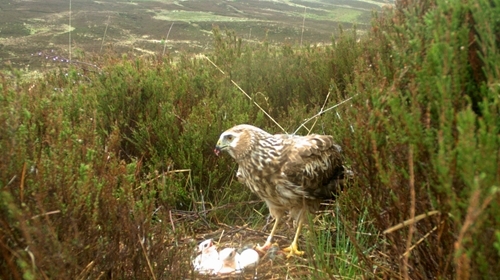
The southern reintroduction of hen harriers is an ambitious project with one goal: to re-establish a wild population of these majestic birds in southern England. Led by Defra and supported by a conservation breeding programme, the plan is to release up to 100 juvenile hen harriers in Wiltshire over five years. This is part of Defra's joint action plan to boost hen harrier numbers across England, alongside monitoring efforts in northern regions.
Why reintroduce hen harriers?
Hen harriers were once widespread across the UK but were driven to near extinction in the 1800s. Although they've slowly made a comeback in Scotland and northern England, their numbers remain precarious. The species’ strong tendency to return to the same breeding grounds each year have limited their natural expansion south.
Interestingly, in continental Europe, hen harriers nest in farmland similar to the arable landscapes of southern England. This offers hope that harriers introduced through the reintroduction project will adapt to the farmland environment and eventually establish a breeding population in the south.
The conservation breeding programme
The conservation breeding programme, managed by the International Centre for Birds of Prey (ICBP), began in late 2022 and has made steady progress. In spring 2023, early signs of courtship, particularly among males, were observed. By spring 2024, females had laid 24 eggs—though none were fertile as the birds did not mate this year.
Despite the lack of chicks, the signs are encouraging. The hens displayed natural maternal behaviours, such as building nests and incubating eggs. Additionally, there were early attempts at copulation, indicating readiness for future breeding. These developments are a positive step towards establishing a thriving population.
Preparing for the wild release
While the breeding programme continues, Natural England staff have been busy preparing for the eventual release of hen harriers into the wild. In a specially cultivated field on a National Nature Reserve in Wiltshire, aviaries have been built within cereal crops, ensuring a safe and natural environment for fledglings. A predator-proof fence surrounds the area, and the field is rich with wildlife, providing plenty of food for the young birds.
Defra is also engaging with local farmers, landowners, and the public to raise awareness of the project, address concerns, and ensure a smooth transition for the birds into the southern landscape.
Looking ahead
Though it’s still early days, the progress of the southern reintroduction project is promising. If successful, this project will not only re-establish a breeding population in the south but also promote gene flow between British and European hen harriers, bolstering the species’ resilience in the face of environmental challenges.
For more information about the project please contact hen.harrier@naturalengland.org.uk.